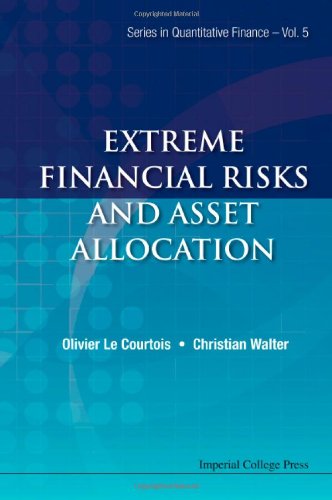

Most ebook files are in PDF format, so you can easily read them using various software such as Foxit Reader or directly on the Google Chrome browser.
Some ebook files are released by publishers in other formats such as .awz, .mobi, .epub, .fb2, etc. You may need to install specific software to read these formats on mobile/PC, such as Calibre.
Please read the tutorial at this link: https://ebookbell.com/faq
We offer FREE conversion to the popular formats you request; however, this may take some time. Therefore, right after payment, please email us, and we will try to provide the service as quickly as possible.
For some exceptional file formats or broken links (if any), please refrain from opening any disputes. Instead, email us first, and we will try to assist within a maximum of 6 hours.
EbookBell Team

4.8
64 reviewsThis book contains theories and methods which are usually found in highly technical mathematics books or in scattered, often very recent, research articles. It is a remarkable pedagogical work that makes these difficult results accessible to a large readership. Researchers, Masters and PhD students, and financial engineers alike will find this book highly useful.
Readership: Researchers, graduate students and financial engineers in the field of mathematical and quantitative finance.